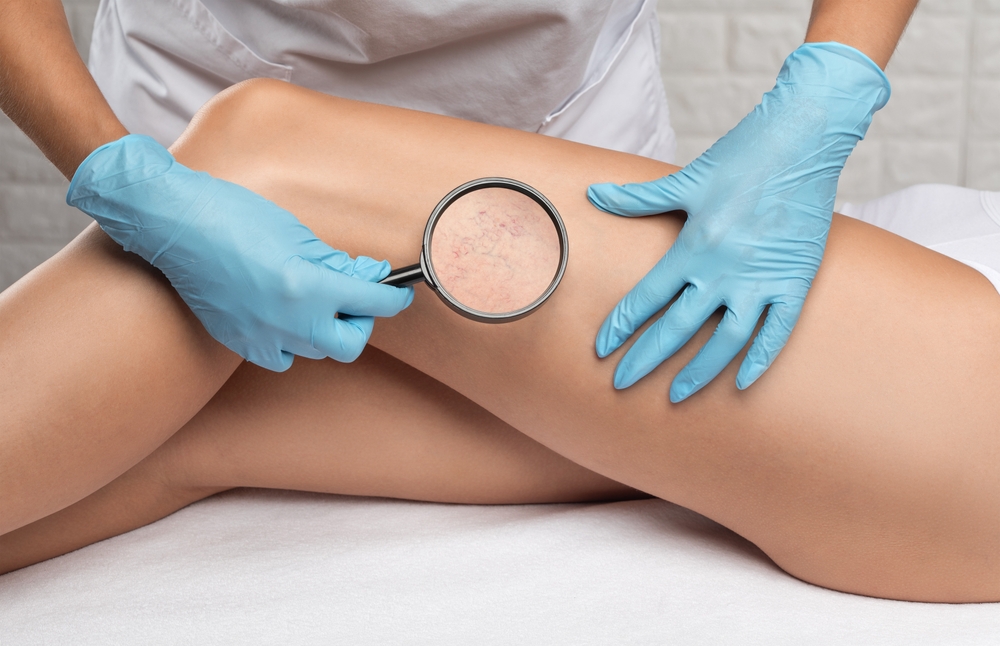Varicose veins are enlarged, twisted veins that often appear on the legs and feet. These veins develop when blood flow in the veins becomes inefficient, causing them to swell and become visible under the skin. While commonly viewed as a cosmetic issue, these veins may indicate underlying health conditions in some cases. Here is more information on key causes, symptoms, and warning signs associated with these veins:
Exploring Causes
The primary cause of varicose veins involves faulty valves within the veins. Veins are equipped with valves that regulate blood flow, preventing it from pooling or flowing backward. When these valves weaken or are damaged, blood begins to collect, creating pressure that enlarges the veins. Certain factors increase the likelihood of developing these veins:
- Age: Aging naturally weakens vein elasticity and valve functionality, making blood flow less efficient.
- Genetics: A family history of these veins raises the risk due to inherited vein structure or valve strength.
- Prolonged Standing or Sitting: Occupations that require standing or sitting for extended periods hinder blood circulation, elevating pressure in the legs.
- Hormonal Changes: Pregnancy, menopause, or hormonal imbalances may affect vein walls and valves, increasing susceptibility.
- Obesity: Excess body weight adds strain to veins, particularly in the legs, contributing to circulation challenges.
Identifying Symptoms
Varicose veins are often easy to detect due to their visible appearance. They typically present as blue or purple veins that bulge or twist just beneath the skin’s surface, commonly found along the thighs or calves. Symptoms often include swelling in the legs or ankles, accompanied by discomfort or a feeling of heaviness.
Many individuals experience a burning, throbbing, or aching sensation in the affected veins, particularly after standing for long periods. Itchy skin or irritation around the vein area is also common, along with muscle cramps or tightness, especially at night. While these symptoms are manageable for some, they can worsen over time if left untreated. Without intervention, these veins may lead to complications such as skin ulcers or clotting disorders.
Seeking Medical Attention
Although varicose veins may seem purely cosmetic at first, they can progress into more severe conditions. Recognizing warning signs early allows for preventive action and avoids potential complications. Symptoms to watch for include:
- Persistent pain or swelling that interferes with daily activities.
- Skin discoloration near the affected veins, ranging from dark patches to redness or a bruised appearance.
- Hardened or knotted veins that become increasingly tender to touch.
- Open sores or ulcers near the ankle area, which may indicate poor blood circulation.
- Sudden heat or redness in the surrounding skin, which could signal inflammation or a clotting issue.
A healthcare professional can assess the severity and recommend an appropriate treatment plan, which may include lifestyle changes, medical procedures, or compression therapies.
Learn More About Varicose Veins
Varicose veins develop when vein valves fail to regulate blood flow, leading to swollen and visible veins. Contributing factors range from prolonged standing to hormonal changes. Symptoms such as aching legs, swollen ankles, and itchy skin provide clear indicators of these veins, while warning signs like hardened veins or skin ulcers highlight the need for medical intervention. Regular observation and early action can improve comfort, prevent complications, and support overall vascular health.


Leave a Reply